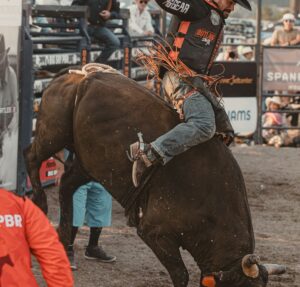08|26|2025
Pivot | August 22, 2025
Markets hit the “sell-button” early in the week. Was this a late summer rebalance or a sign of things to come? Monday S&P 500 0.01% | NASDAQ 0.03% Markets...


08|26|2025
Markets hit the “sell-button” early in the week. Was this a late summer rebalance or a sign of things to come? Monday S&P 500 0.01% | NASDAQ 0.03% Markets...

08|19|2025
Broad markets rose higher again but with notable differences from the week prior. Is there a shift in sentiment as earnings season ends? Monday S&P 500 0.25% | NASDAQ...

08|12|2025
Markets swung back to the positive this week with news on the tariff and corporate earnings front. Will the 3rd quarter shape up to be just as strong as...

08|05|2025
Markets pushed down on the accelerator in July and set multiple records. Will the pace continue or is there a reduced speed warning ahead? Monday S&P 500 0.02% |...

07|29|2025
Trade deals were made this week, and markets took note. Will the trend continue as more deals are ironed out? Monday S&P 500 0.14% | NASDAQ 0.38% Monday’s trading...

07|22|2025
Earnings season is upon us, and optimism has equity markets surging. Will corporate earnings push sentiment higher? Monday S&P 500 0.14% | NASDAQ 0.27% Tariffs on imports were announced...

07|15|2025
Markets tossed and turned throughout the week but saw only minor losses. Will increasing guidance on trade and monetary policy give some clarity through the summer? Monday S&P 500...

07|09|2025
Markets celebrated a strong close to the 2nd quarter. Will we see fireworks for the start of the 3rd quarter? Monday S&P 500 0.52% | NASDAQ 0.47% Markets finished...

07|01|2025
Markets saw opportunities this week for a rally. Could this growth cycle be picking up steam? Monday S&P 500 0.96% | NASDAQ 0.94% Markets responded optimistically as hopes...

06|25|2025
It was a wild ride last week, but markets remained with little change through it all. Will that wild ride continue? Monday S&P 500 0.94% | NASDAQ 1.52% Markets...